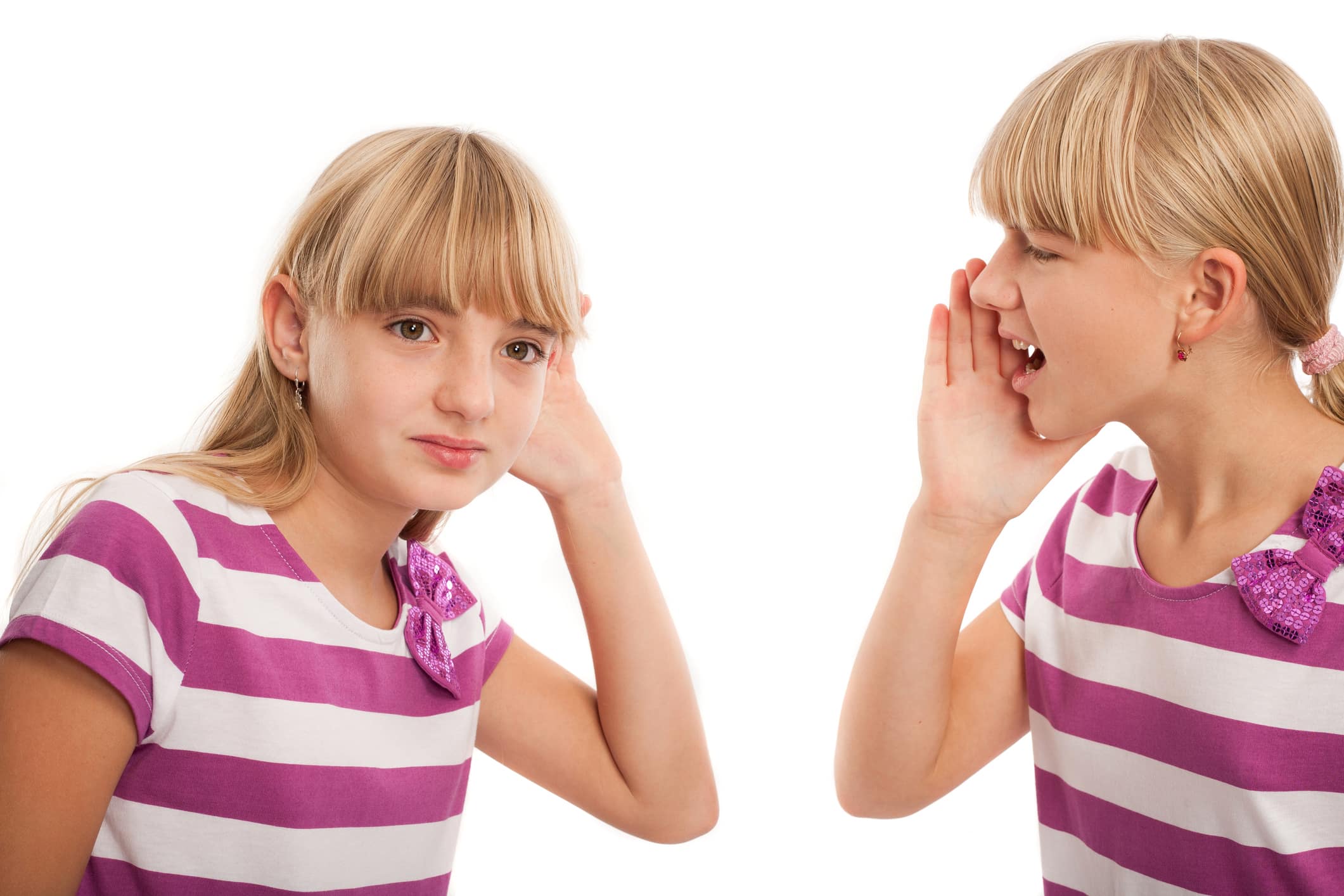Does My Child Need Ear Tubes?
- Posted on: Oct 10 2022

Does My Child Need Ear Tubes?
If your child has had multiple ear infections or fluid buildup behind the eardrum, your child’s doctor may have recommended ear tubes.
Ear tubes, sometimes referred to as pressure equalization (PE) tubes are small tubes made of plastic that are inserted into the child’s eardrum. The tubes allow for pressure to equalize across the eardrum and prevent fluid or infection in the middle ear space.
What Causes Middle Ear Infections?
The most common type of ear infection in young children is called otitis media. Otitis media refers to fluid that builds up and becomes infected in the middle ear—the space behind the eardrum. This space connects to the nose via the Eustachian tube. Otitis media can occur after an upper respiratory infection or cold, when bacteria from the nose spread to middle ear via the eustachian tube.
Children tend to be more susceptible to these middle ear infections as their immune systems are less developed than adults and not as efficient at fighting off infections. In addition, children’s eustachian tubes are smaller and more horizontal, which make the Eustachian tube less efficient at keeping the middle space well aerated and more likely to develop negative pressure and fluid accumulation.
Symptoms of Middle Ear Infection
Common symptoms of ear infections in children include:
- Pulling or tugging at the ears
- Irritability
- Difficulty hearing or not responding to stimuli
- Fluid draining from the ear
- Fever
- Ear pain
Indications for Ear Tubes
Ear tubes may be an appropriate treatment option if:
- Your child has hearing loss due to the presence of fluid behind the eardrum that is persistent despite medical management
- Your child has had multiple recurring ear infections over a 6 month period despite appropriate treatment
What to Expect When Getting Ear Tubes
The procedure to place ear tubes takes less than 15 minutes. It is performed at an outpatient surgery center under general anesthesia. This type of anesthesia involves just breathing a gas that makes the child very sleepy and not able to recall the procedure at all. It typically does not involve an IV placement or a breathing tube.
During the procedure, a small hole is made in the eardrum, and any fluid behind the eardrum is suctioned out. The tube is then placed through the hole in the eardrum.
Antibiotic ear drops will be given to use in the first week following the procedure. It is normal for the ears to drain a little during this time.
A postop appointment will be made for 1-2 weeks following the procedure where we will check that the tubes are functioning properly.
Aftercare for Ear Tubes
Ear tubes are generally low maintenance and easy to care for. Many children will require follow up appointments about every 6 months to ensure that the tubes are still functioning properly.
If your child plans on going swimming with tubes we may recommend using earplugs. We make custom ear mold in our office. Swimming in clean treated pool water with plugs will typically not cause any issues but you should avoid submerging in contaminated water such as lakes or the ocean.
Most tubes fall out within 2 years and the eardrum heals on its own.
Consultation
If your child is having recurring ear infections call to schedule an appointment at Sinus and Snoring Specialists for a thorough evaluation. Dr. Slaugter and his team and been caring for kids in Austin for over 20 years! Call or securely text us at 512-601-0303 or complete our Request An Appointment form.
Tagged with: ear infections, ear tubes, Pediatric ENT
Posted in: Ear and Hearing Care, ear infections, Ear tubes, Pediatric ENT

